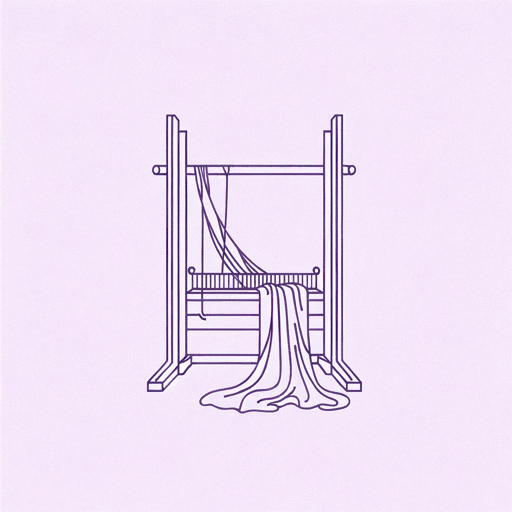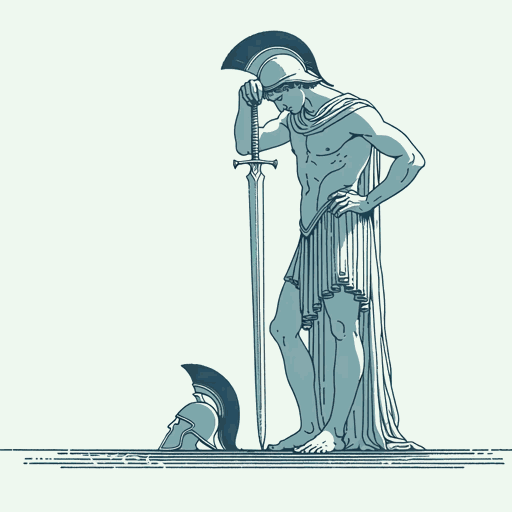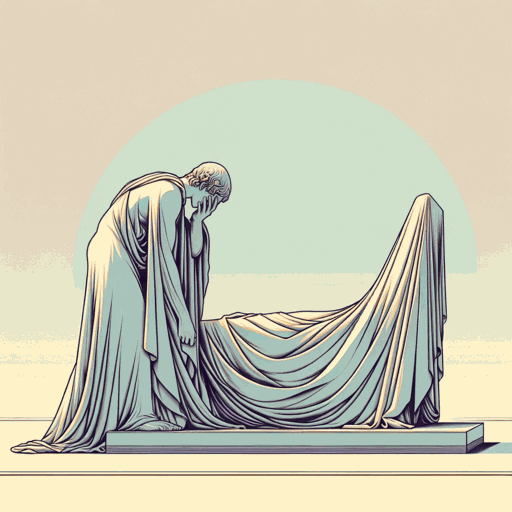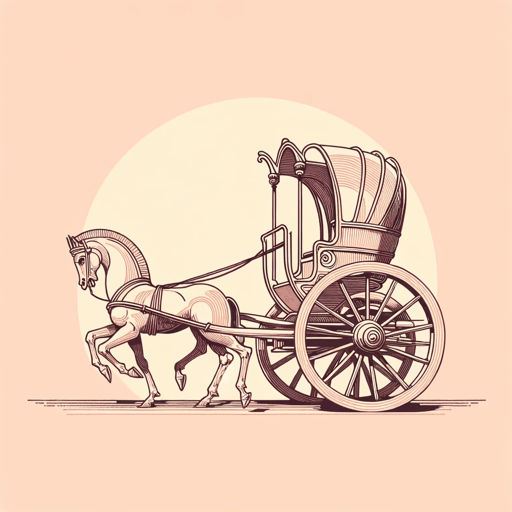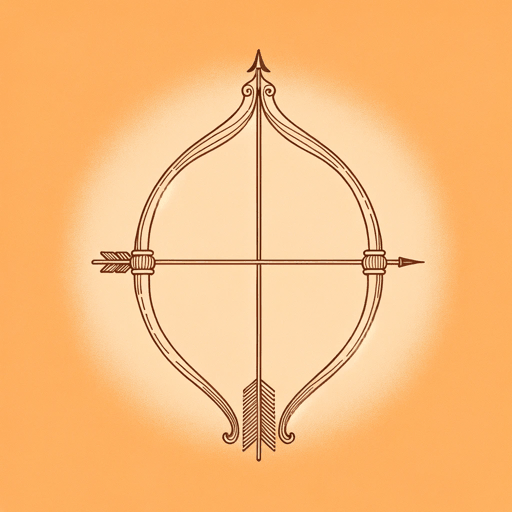32 pages • 1 hour read
SophoclesWomen of Trachis
Fiction | Play | Adult | BCEA modern alternative to SparkNotes and CliffsNotes, SuperSummary offers high-quality Study Guides with detailed chapter summaries and analysis of major themes, characters, and more.
Background
Literary Context
Tragedies in the fifth century BCE Athens were performed in competitive contests at festivals held to honor the gods of the city. Though hundreds of plays were performed, only 32 survive relatively complete, all by three playwrights: Aeschylus, Sophocles, and Euripides. Though few specifics are known, it is believed that Women of Trachis was performed in the theater of Dionysus at the City Dionysia. This festival was held annually in Athens in March over a six-day period to honor the god Dionysus. Attendance was open to citizens and visitors and drew attendees from across the Greek-speaking world. Scholars continue to debate whether women would have been in attendance.
To be considered for productions, playwrights were required to submit their work for review, and three would be selected to present their plays at the festival, where one winner would be selected. Funding for the productions was provided by both private and public funds. The city compensated the play’s composer and lead actors, and three wealthy citizens would be nominated to fund the chorus for the plays. Each playwright presented three tragedies and tragicomic satyr plays, and judges determined the winner.
All roles were played by men. Speaking roles were limited to three actors, who might play two or even three roles within a play.
Related Titles
By Sophocles
